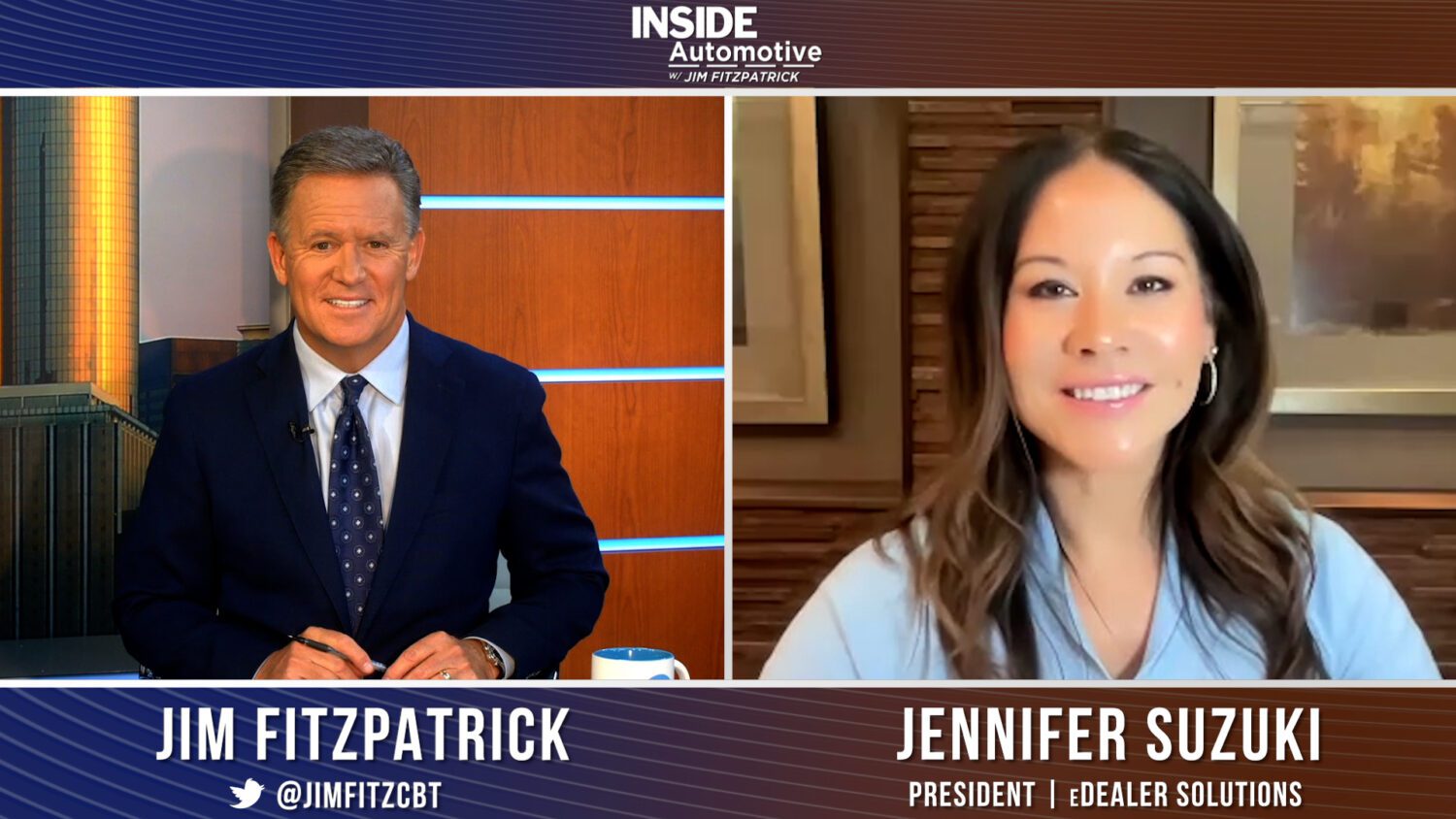1. Inventory
Keeping used car operations in peak form centers on inventory, and there are two sides to every coin. In this case, it’s quantity and quality. Of course, quantity is a delicate balance that requires constant assessment. There needs to be enough inventory to be appealing to customers, while too many vehicles on the lot is a drag on profitability. This is best handled by constant analysis. If you can’t remember the last time this was done, you know where to start.
Along with having the right amount of inventory, is offering vehicles well-suited for your customers. A lot full of pickups won’t do much good if customers need more fuel-efficient cars. Therefore, ongoing inventory analysis should include a look at what’s on hand versus what people want.
 |
2. Pricing
The decline in wholesale used car values and flat-ish numbers on the retail end has created a “cushion of forgiveness.” But, recent downward trends in the average transaction price mean dealers have to be more responsive. The retail decline has been modest so far. Still, it’s a safe bet that the ongoing increase in consumer lending costs will add further pressure to used car retails.
Just as inventory requires constant monitoring, so should the pricing offered by the pre-owned department. Because if you’re not adjusting prices to reflect market conditions, chances are a competitor is.
3. Trade-in process
Like it or not, CarMax, Carvana, and others have redefined handling trade-ins. If the way you’re handling appraisals hasn’t changed in the last decade, your business is behind the times. Online services can help bring you into the 21st century and at least generate trade-in leads. At the same time, this is an excellent opportunity to standardize how you handle things in-store or over the phone.
- Use an Appraisal Form: Present a form to each appraisal customer (or have it available as a web download or email or text attachment). The document should be completely filled out, signed, and returned by the customer. Off-site clients can take a picture and return it by email or text. You’ll also want the remote customer to attach photos (describe what you’re looking for on the form).
- Review the Document: As practical, go over the document with the customer to confirm the details and fill in any blanks. Use this opportunity to explain the process, including how you’ll look at vehicle history and current market conditions. Also, explain that any valuations are subject to a final on-site inspection and other requirements.
- Explain the Appraisal: When ready, review the appraisal with the customer. Any issues with the vehicle should be detailed in writing on the appraisal form. This will help justify the offer and make customers realize their cars aren’t perfect.
- Be Transparent: Above all else, be upfront with the customer about how your dealership handles appraisals and trade-ins. Not only will this lessen any anxiety, but it will help create trust. Part of this involves walking around the car (either during the initial contact or at the final stages) with the customer to explain any issues or imperfections.
4. Vehicle details
In many cases, a prospective pre-owned customer will first encounter your dealership through an individual vehicle description (such as via an online marketplace or aggregator). So, the contents of this listing are critical. At a minimum, these details should include:
- The basics (price, mileage, powertrain, exterior color, interior color/upholstery)
- All standard and optional features
- Extensive photos (inside and out)
- CARFAX report
- Standout characteristics (no accidents, one-owner, etc.)
If a listing doesn’t have this information, the car is at a competitive disadvantage compared to what else is out there. In addition, the minimum is no longer good enough, thanks to well-organized online dealers and savvy brick-and-mortar competitors..
Consider upgrading each vehicle listing with a paragraph summarizing its highlights and why someone should buy this car. Next, add a section or a few bullet points emphasizing why the customer should buy from your dealership. Stick with the top three points to keep things simple. This info can be anything from free oil changes to an extensive inventory—you should know what brings them in the door.
Also, think about adding a brief video showing how the car starts. Include a behind-the-wheel view and an under-the-hood look (and listen). Such a simple effort will instill buyer confidence in the vehicle and your dealership.
Did you enjoy this article? Please share your thoughts, comments, or questions regarding this topic by connecting with us at newsroom@cbtnews.com.
Be sure to follow us on Facebook, LinkedIn, and TikTok to stay up to date.
While you’re here, don’t forget to subscribe to our email newsletter for all the latest auto industry news from CBT News.



